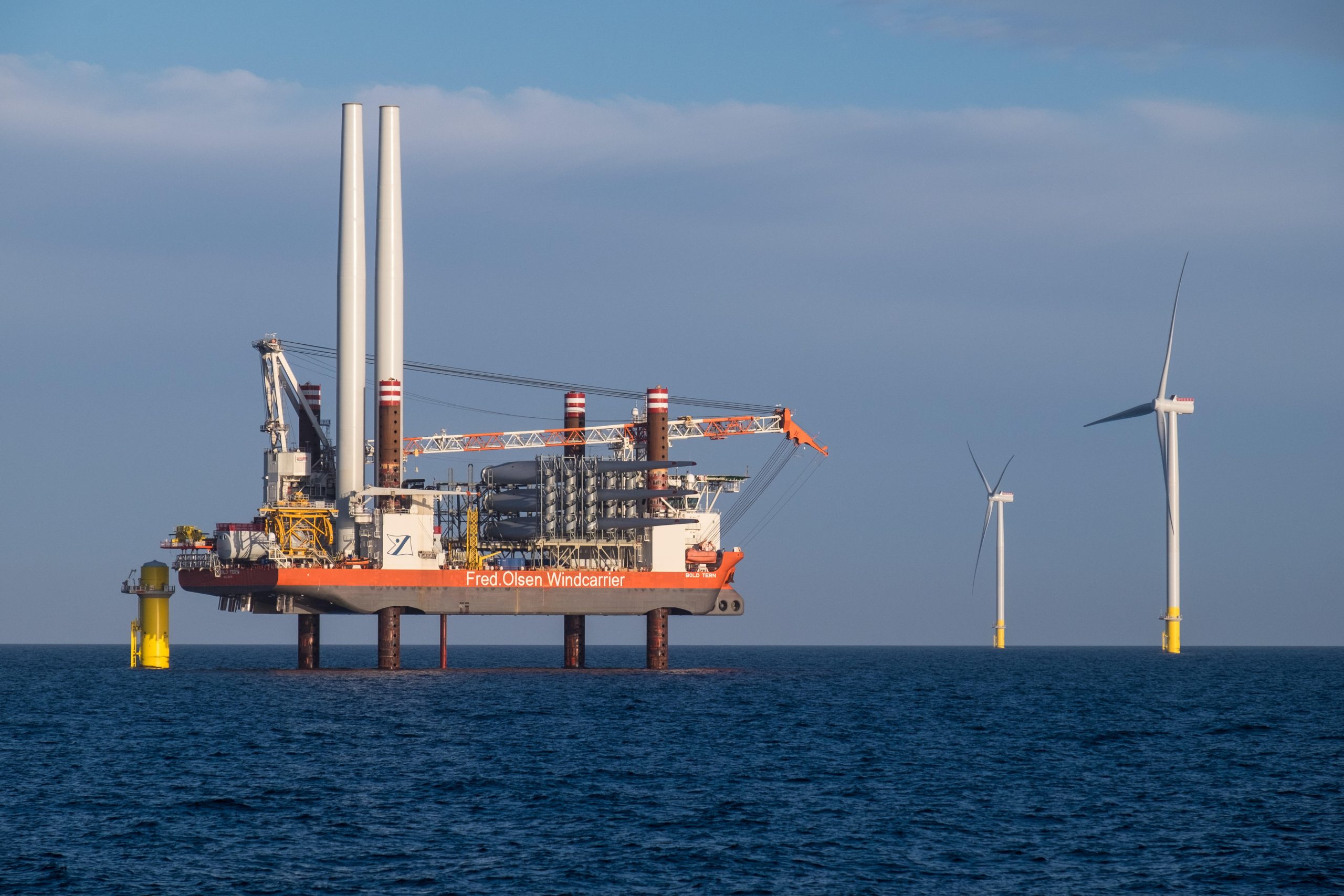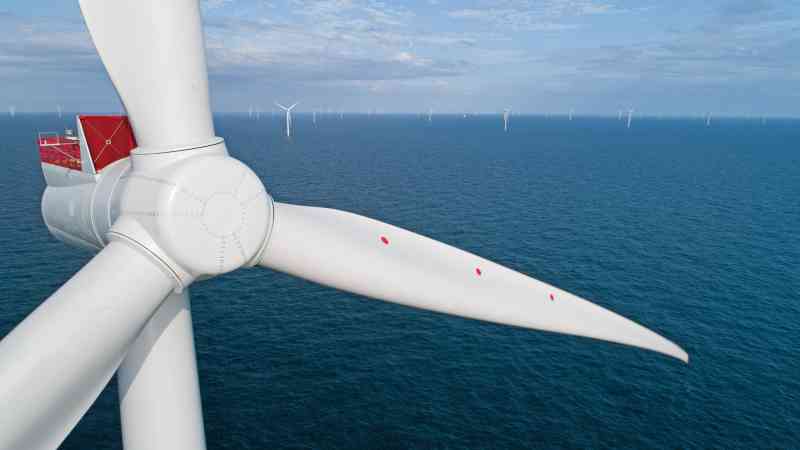Nine new offshore wind farms secured in renewable energy auction
Nine new offshore wind farms were among the record number of projects agreed in the Labour government’s first renewable energy auction.
The sixth annual auction round for state subsidies yielded 131 new green infrastructure projects. This was the highest yet, and up from 92 in the previous auction, according to the Department for Energy Security and Net Zero.
Wind and solar projects represented the bulk of those approved, which officials said would generate enough power for 11 million homes. This included Hornsea 4, the offshore wind farm project by the Danish state-controlled energy company Orsted in the North Sea. Iberdrola, a Spanish energy company, also secured wins for its East Anglia Two and Three offshore wind developments.
Nine contracts for offshore wind projects were agreed, representing a marked shift from the previous auction last year under the Conservatives when none were ratified. Labour plans to expand Britain’s offshore wind capacity to 60 gigawatts by 2030 from about 15 gigawatts as part of its mission to decarbonise the electricity system by that year.
Despite the sharp increase in offshore projects approved, amounting to about 3.3 gigawatts of additional capacity, the government risks missing this target unless the coming auctions yield significantly more capacity.
More than 20 onshore wind projects were agreed in the first auction since Labour ditched the de facto ban on the developments that had been in place since 2015. The number of solar projects agreed was also a record.
Ed Miliband, the energy secretary, said: “This auction has produced a record number of solar projects, bolstering our mission for a solar revolution.
“We have powered forward with onshore wind, secured the largest commercial floating offshore wind project in the world and got the offshore industry back on its feet.
“As we accelerate our plan for clean power by 2030 the government will work with the industry on how we can build on this success to ensure we can go even further and faster to deliver the power we need.”

In July, the Labour government increased the subsidies available to clean energy businesses to bid for by 50 per cent to £1.5 billion. Energy providers had complained that the previous budget was too small to cover the risk of prices falling sharply.
The average strike price for each respective energy category was significantly lower than the £73 per megawatt-hour set by the government. For example, the strike price for offshore wind was about £59 megawatt-hour.
In an effort to stimulate private sector investment in the renewable energy sector, the UK has been running a scheme for several years in which companies bid for government price guarantees for energy supplied.
The device — known as contracts for difference (CfD) — involves the government paying companies when energy prices fall below an agreed threshold and providers paying back the difference to the government when prices exceed that threshold.
The intention is to minimise the possibility of energy providers losing money on projects because of lower prices, incentivising them to push ahead with renewable projects.
The Labour government has put accelerating the drive to net zero by 2050 at the centre of its early legislative agenda since winning the general election in July. Its measures have included lifting the ban on onshore wind; launching Great British Energy, backed by £8.3 billion of taxpayers’ money; and moving to allow the Crown Estate to borrow to invest in green energy projects.
Bob Ward, policy and communications director at the Grantham Research Institute at the London School of Economics, said that the strike price for offshore wind projects was “below the average day-ahead price for electricity recorded by Ofgem for most of the past three years”.
He said: “These results are devastating news for those opponents of clean energy who falsely claim it is more expensive than fossil fuels.”






